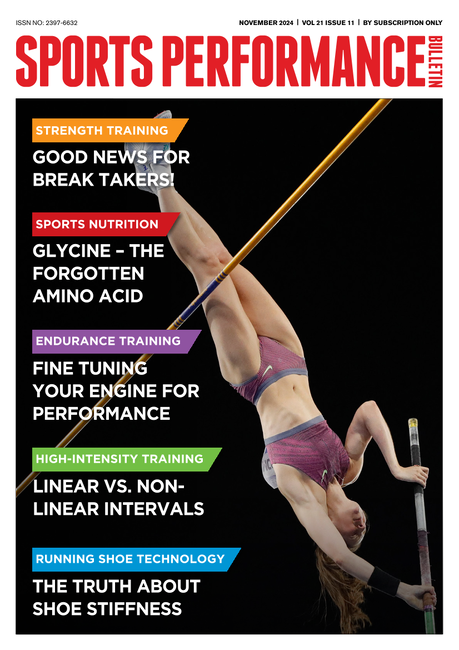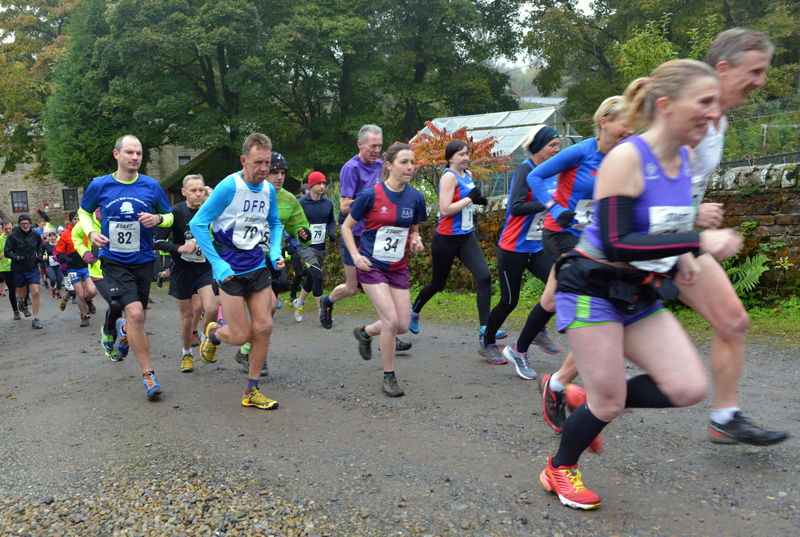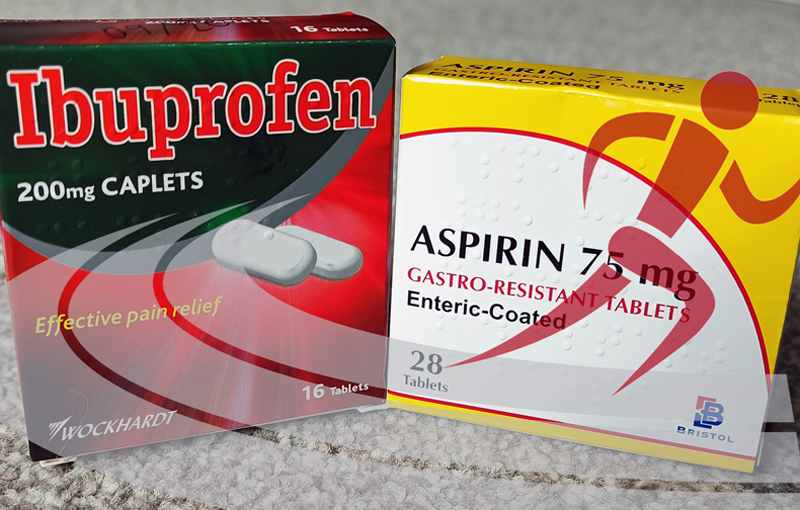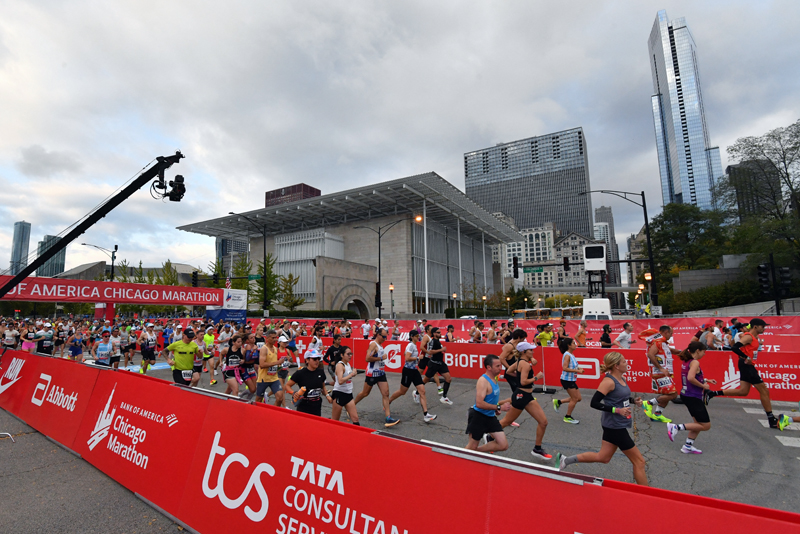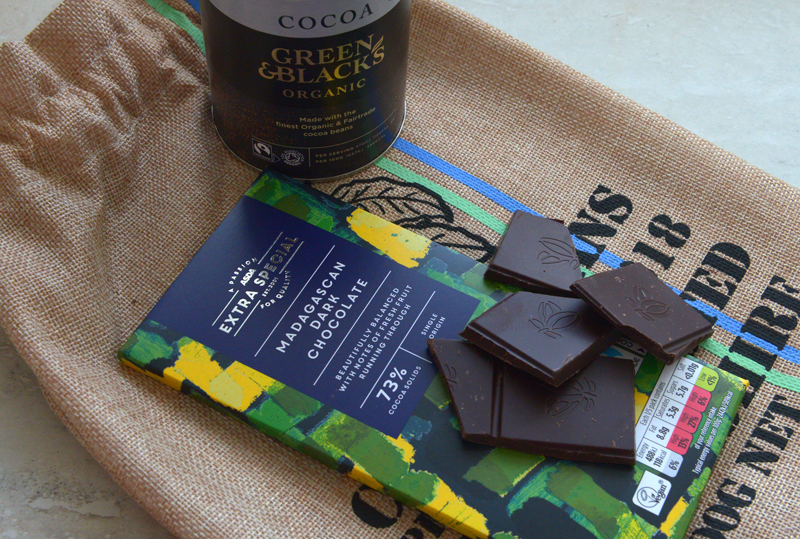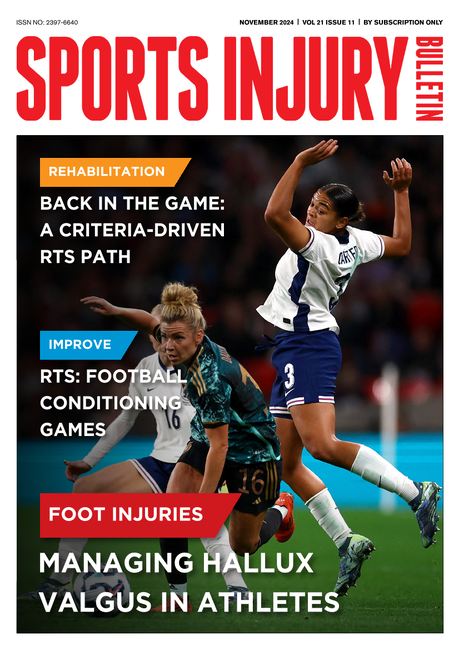You are viewing 1 of your 1 free articles. For unlimited access take a risk-free trial
Biological clocks
Biological clock-watching can give your performance an extra boost
From the Olympics to football games, athletes who train and compete at optimal times on their biological clocks may gain a competitive edge, according to a report presented at the recent joint meeting of the American Sleep Disorders Association and Sleep Research society in Washington, D.C. But such synchrony, the report implies, is not widely practised.
Researchers at Stanford University School of Medicine in California, led by Roger Smith, DO, questioned 16 Olympic athletes and 12 top college athletes to learn when they believed they performed best and when they trained and competed. The 10 men and 18 women included runners, swimmers, basketball players and participants in other sports.
More than 60 per cent said they were at their peak in the afternoon, most often between 3 p.m. and 6 p.m. Slightly more than 20 per cent said that they were in top form between 9 a.m. and noon and less than 20 per cent chose 6 p.m. to 9 p.m. None claimed to do their best before 9 a.m. or after 9 p.m.
These self-reports in this pilot study, though not backed by objective assessments, are, according to Smith, consistent with circadian rhythm research showing a late-afternoon peak in anaerobic capacity and anaerobic power (a measure of quick-burst muscle strength), as well as body temperature, reflexes, coordination, and other indicators of physical performance. These are among hundreds of bodily functions that display predictable daily patterns, affecting both health and disease. Most circadian studies of athletes are based on single measurable components of performance rather than global assessments of specific sports that may involve hundreds of different skills. Studies with swimmers, Smith says, do offer evidence of a late-afternoon performance peak.
Late afternoon is not the best time for all sports. Sharpshooters and archers, for example, report that accuracy improves when they fire in the lull between heartbeats. Many prefer to compete in the morning when their heart rate is lower.
Few of the 28 elite athletes surveyed by Smith and his colleagues managed to synchronise their training and peak performance times, or to synchronise either of these with competition times.
Five participants reported a variety of training and/or competition times and were not included in the following analysis. Eleven of the remaining 23 reported a difference of six hours or more between their training and peak performance times, and/or their competition and peak performance times. Seven reported a difference of six hours or more between their training and competition times. The six-hour limit was arbitrary, says Smith, chosen simply to give a morning/afternoon range. Future research will attempt to determine whether athletes who train at the time they function best see a payoff if they are also able to compete at the same time of day they trained.
Smith and others are also investigating the impact of the time of training and sleep on performance and injury rates, as well as individual traits such as 'morningness' and 'eveningness', as part of a comprehensive health study of participants in football, tennis, volleyball, swimming and other college sports at Stanford.
College athletes, notes Smith, may choose classes to mesh with their training or competition schedules. Many are often sleep-deprived because of the athletic, educational and social demands on their time. And sleep deprivation itself may adversely affect both their athletic and classroom performances (see also PP last month).
For team sports, athletes usually don't have a choice of when to train, but coaches' choice of training times, says Smith, is often arbitrary. Athletes who train early in the morning because it is believed they are fresher then might better their sports performance by training in the late afternoon. Indeed, focussing on their classes in the morning may improve their grades, since studies in the circadian literature show that many complex cognitive abilities, such as those needed for writing and creative thinking, are better in the morning. Late-in-the-day training may also be closer to competition times for college sports, which are usually chosen to maximise spectator attendance, and are often at night or on weekend afternoons.
(Journal of the American Medical Association, July 17, 1966, vol. 276, no. 3, pp 180-181)
Newsletter Sign Up
Testimonials
Dr. Alexandra Fandetti-Robin, Back & Body Chiropractic
Elspeth Cowell MSCh DpodM SRCh HCPC reg
William Hunter, Nuffield Health
Newsletter Sign Up
Coaches Testimonials
Dr. Alexandra Fandetti-Robin, Back & Body Chiropractic
Elspeth Cowell MSCh DpodM SRCh HCPC reg
William Hunter, Nuffield Health
Keep up with latest sports science research and apply it to maximize performance
Today you have the chance to join a group of athletes, and sports coaches/trainers who all have something special in common...
They use the latest research to improve performance for themselves and their clients - both athletes and sports teams - with help from global specialists in the fields of sports science, sports medicine and sports psychology.
They do this by reading Sports Performance Bulletin, an easy-to-digest but serious-minded journal dedicated to high performance sports. SPB offers a wealth of information and insight into the latest research, in an easily-accessible and understood format, along with a wealth of practical recommendations.
*includes 3 coaching manuals
Get Inspired
All the latest techniques and approaches
Sports Performance Bulletin helps dedicated endurance athletes improve their performance. Sense-checking the latest sports science research, and sourcing evidence and case studies to support findings, Sports Performance Bulletin turns proven insights into easily digestible practical advice. Supporting athletes, coaches and professionals who wish to ensure their guidance and programmes are kept right up to date and based on credible science.



